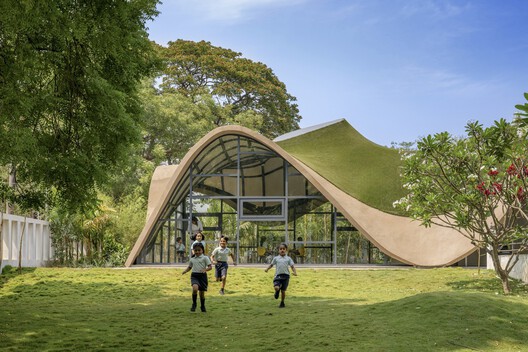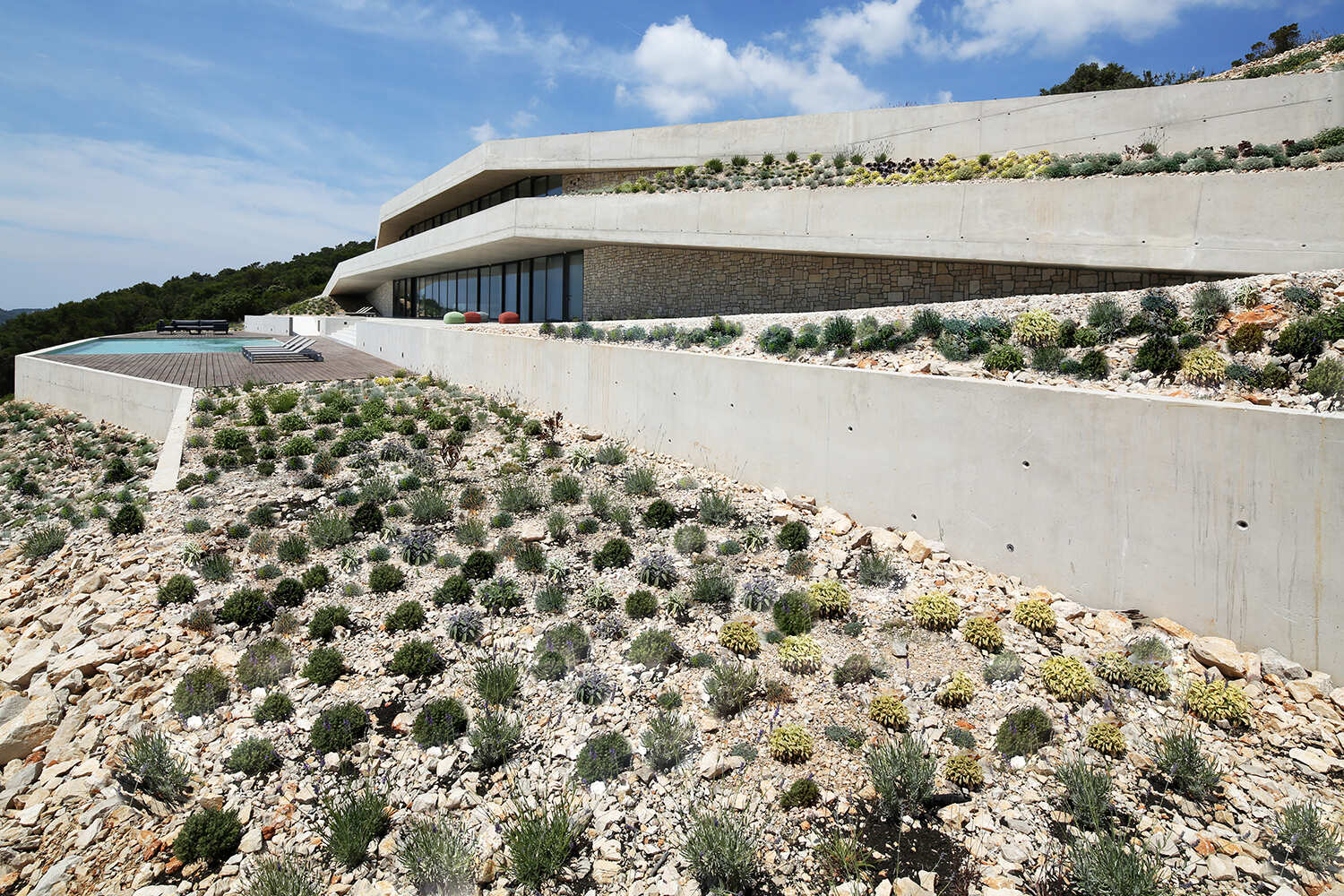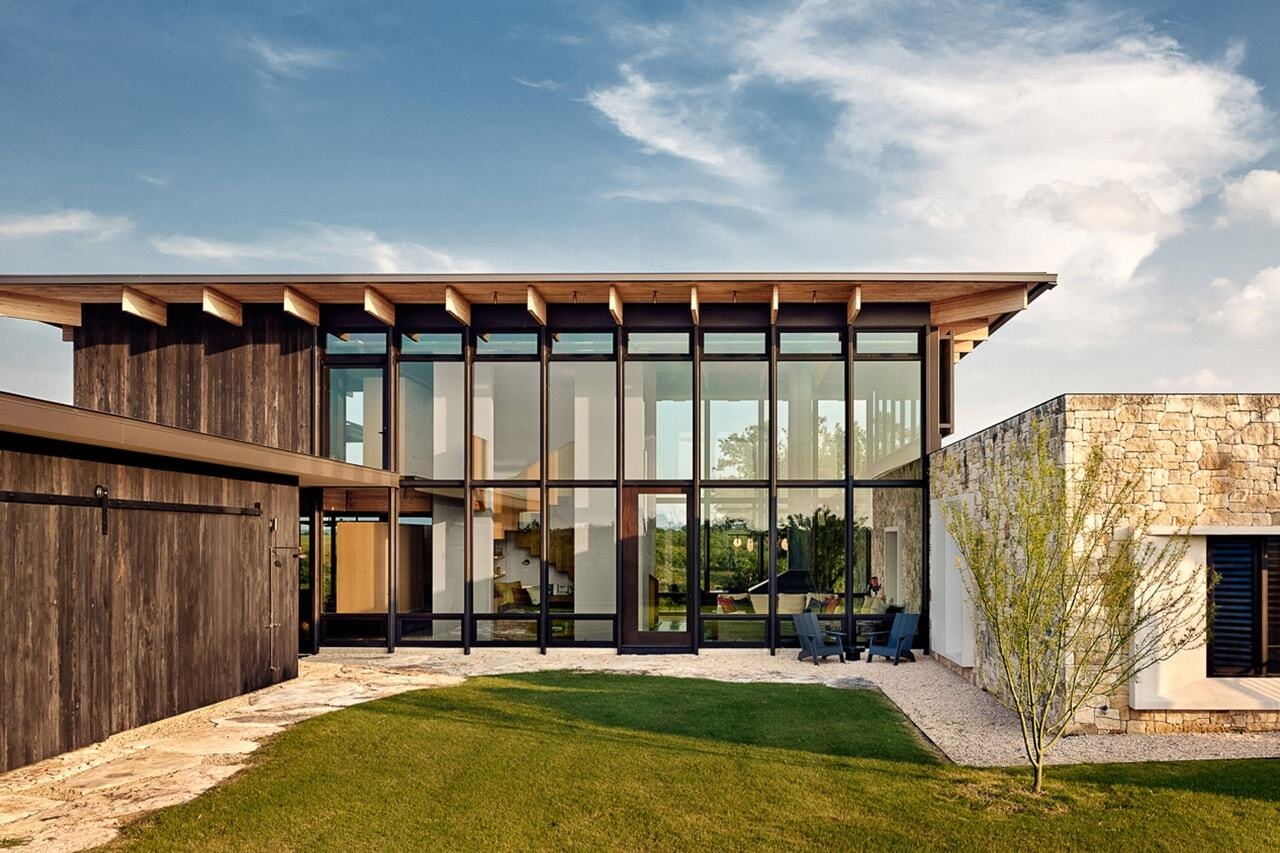Kindergarten Architecture: Imaginative Spaces Shaping Childhood and Creativity

 Cocoon Pre-primary Extension at Bloomingdale International School / andblack design studio. Image © Vinay Panjwani
Cocoon Pre-primary Extension at Bloomingdale International School / andblack design studio. Image © Vinay Panjwani
Kindergarten architecture has long stood apart as a realm where design and imagination converge. Unlike most building typologies, these spaces are conceived not only to shelter and function but to shape the earliest experiences of curiosity, play, and social interaction. Throughout history, the design of kindergartens has evolved alongside pedagogical shifts, moving from modest, utilitarian beginnings to highly intentional environments that stimulate both learning and wonder. In this context, architecture becomes more than a backdrop — it becomes a silent educator, capable of nurturing emotional, cognitive, and physical development.


















































